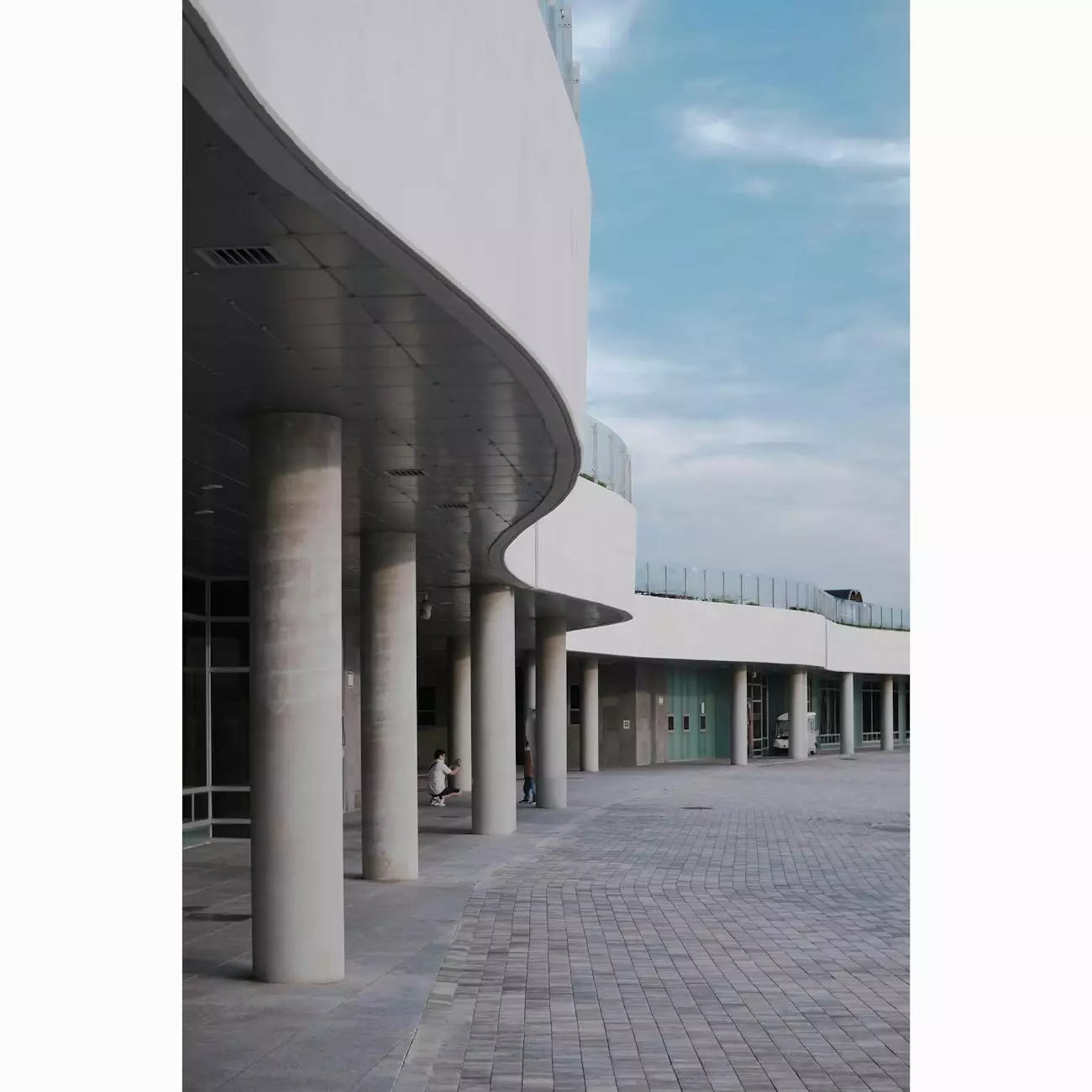Understanding Right Salpingo Oophorectomy

In the realm of women’s health, surgical procedures like right salpingo oophorectomy are critical in managing various medical conditions. This surgical intervention has profound implications for patient health and well-being, making it essential to understand its purpose, procedure, and recovery process.
What is Right Salpingo Oophorectomy?
A right salpingo oophorectomy is a surgical procedure that involves the removal of the right fallopian tube and the right ovary. This procedure is often performed to address certain medical issues such as:
- Ovarian Cysts: Fluid-filled sacs on the ovary that can cause pain or discomfort.
- Ovarian Cancer: A serious condition that may require removal of the affected ovary and its supporting structures.
- Ectopic Pregnancy: A situation where the fertilized egg implants outside the uterus, potentially requiring surgical intervention.
- Pelvic Inflammatory Disease (PID): An infection of the reproductive organs that can lead to chronic pain or infertility.
This surgery is typically conducted by a qualified gynecologist and can be performed using different techniques, including laparoscopic (minimally invasive) or open surgery. The choice of technique depends on various factors including the patient's medical history and the surgeon's expertise.
Indications for Surgery
Identifying the right indications for a right salpingo oophorectomy is crucial in ensuring that the patient receives the appropriate care. Some common indications include:
- Persistent Pain: Chronic pelvic pain arising from ovarian or tubal issues.
- Malignancy Concerns: If imaging studies suggest a tumor, surgical intervention may be necessary.
- Reproductive Health Issues: Conditions like endometriosis may warrant the removal of affected reproductive structures.
- Age Factors: In postmenopausal women, concerns about ovarian cancer may lead to the consideration of oophorectomy.
Preparing for Right Salpingo Oophorectomy
Preparation for a right salpingo oophorectomy is vital for the success of the surgery. Here are some key aspects of preparation:
- Comprehensive Evaluation: Your doctor will conduct a thorough evaluation, including imaging tests like ultrasounds or MRIs to assess your condition.
- Discussion of Medical History: Providing your complete medical history, including allergies and medications, is essential.
- Preoperative Instructions: Following specific instructions from your healthcare provider, such as dietary restrictions or medication adjustments.
- Support System: Arranging for someone to accompany you on the day of surgery and to assist you during the recovery phase.
The Surgical Procedure
The actual right salpingo oophorectomy can take place in a hospital or surgical outpatient setting. Here’s an overview of the surgical process:
1. Anesthesia
The procedure typically begins with the administration of anesthesia. Depending on the complexity of the surgery, either local or general anesthesia may be used.
2. Surgical Approach
The surgeon may choose between a laparoscopic approach, which uses small incisions and specialized instruments, or an open surgery approach for larger access. Each method has its own set of advantages and recovery timelines.
3. Removal of the Ovary and Tube
Once access is gained, the surgeon will carefully remove the right ovary and fallopian tube, taking care to avoid damage to surrounding structures. In cases of cancer or severe infection, nearby tissues may also need to be excised.
4. Closing the Incisions
After the removal, the surgeon will close the incisions with sutures or staples, and the patient will be moved to the recovery area for monitoring.
Postoperative Care and Recovery
Recovery from a right salpingo oophorectomy is an integral part of the surgical journey. Understanding what to expect can significantly ease the process:
1. Immediate Recovery Phase
Post-surgery, patients might feel groggy from anesthesia and will be monitored for any immediate complications. Pain management will be addressed, and the healthcare team will provide guidelines for a safe recovery.
2. Hospital Stay
Depending on the type of surgery, patients may need to stay in the hospital for a day or two. Laparoscopic surgeries often allow for a shorter hospital stay compared to open surgeries.
3. At Home Care
Upon returning home, patients are advised to:
- Follow a Balanced Diet: Eating nutritious foods can promote healing.
- Stay Hydrated: Drinking plenty of fluids is important.
- Limit Physical Activity: Avoid heavy lifting and strenuous activities for several weeks.
- Watch for Complications: Be vigilant for signs of infection or unusual pain.
Potential Risks and Complications
Like any surgical procedure, a right salpingo oophorectomy carries certain risks, which may include:
- Infection: Any surgical procedure can introduce bacteria to the body.
- Bleeding: Some patients may experience excessive bleeding during or after the surgery.
- Damage to Surrounding Organs: There is a small risk of inadvertently damaging other structures in the pelvic area.
- Hormonal Changes: Removal of the ovary may lead to hormonal changes, affecting various bodily functions.
Conclusion: Embracing a Healthier Future
In conclusion, understanding the procedure of a right salpingo oophorectomy can empower women to take charge of their reproductive health. Properly selecting candidates for surgery and preparing patients can significantly enhance safety and efficacy.
If you have any concerns or questions regarding right salpingo oophorectomy, do not hesitate to consult with healthcare professionals. At drseckin.com, we are committed to providing comprehensive support and resources for women navigating their reproductive health.
References
For further reading on women's health and surgical interventions, please explore more articles and resources on drseckin.com.









